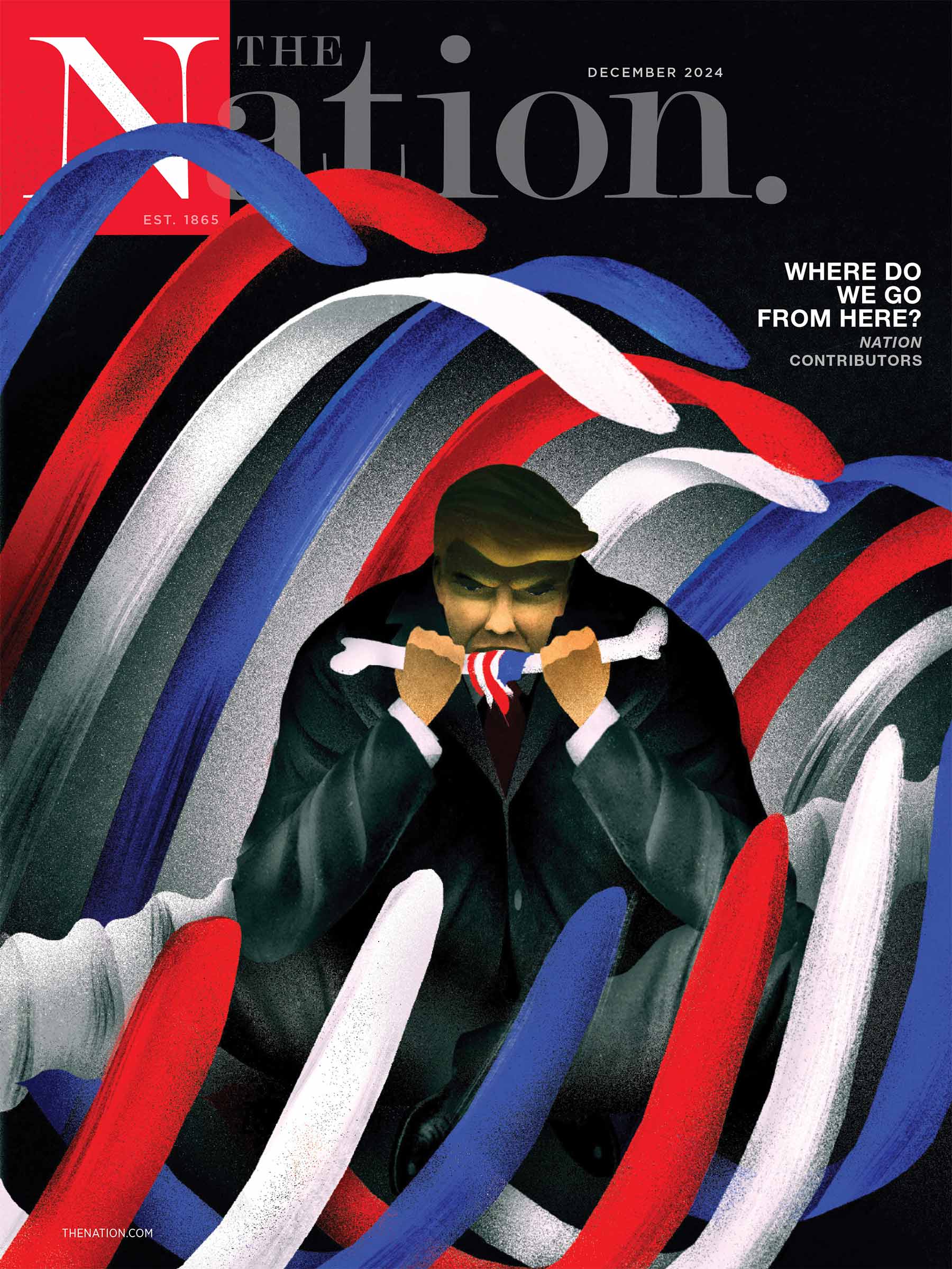At one point early in our tenure at The Nation we received a letter from a dissatisfied solver comparing our efforts unfavorably to those of our predecessor, Frank Lewis. Lewis’s puzzles, he wrote, had been so clear that the solutions were self-explanatory, whereas ours required full documentation about how each clue worked.
Well, gee. Let’s leave aside the vexing question of whether our puzzles are harder or easier than Frank’s (hint: complaints that puzzles are “too hard” or “too easy” tend to be pretty evenly distributed no matter who the constructor is), because the change in the format of the solutions didn’t have anything to do with that. We just thought that explaining each clue would be a helpful addition to the solver’s experience.
Why? Because even an easy cryptic clue—or a cryptic clue the constructor thought was easy—will always be a stumper for someone. In fact, that’s true of any kind of puzzle. Every solver has had the experience at some point of looking at a solution and thinking, “OK, but why?” (In the National Puzzlers’ League, this has acquired the acronym IGIBIDGI, which is pronounced “idgy-bidgy” and stands for “I got it, but I don’t get it.”) That’s no fun, and so we wanted to be sure that the solution we published for each puzzle dispelled any lingering mysteries—and perhaps, in the process, even helped beginners learn the ropes.
That turned out to be a little trickier than it sounds. For one thing, there’s no commonly used system of abbreviations to indicate anagrams, reversals and all the other common tools of cryptic clue-writing. The blogger Braze, who dissects every clue in the Nation puzzle on his blog, uses one set of indicators; we used a different one for our published collection of cryptics from The Enigma; and we introduced yet a third one here. The goal in each case is to make the explanations terse (space is always at a premium) and yet clear.
Also, some of the more fanciful clues we occasionally run resist a crisp explanation. The designation “2 defs.,” for example, encompasses a broad range of possibilities, from simple double definitions to whimsical wordplay that takes in the entire clue. These clues aren’t exactly double definitions:
AUTOSUGGESTION “I should buy a hybrid, I should buy a hybrid”, for example? (14)
CONSPICUOUS CONSUMPTION Notable characteristic of Camille’s opulent lifestyle? (11,11)
PORT AUTHORITY Where you might find a bus—or a sommelier? (4,9)
YAMMERS Talks incessantly with people harvesting sweet potatoes? (7)
And parsing this one efficiently taxed our ingenuity:
THREE BLIND MICE Nursery rhyme about Mckey, Mnne and Mortmer? (5,5,4)
Yet the clues that are the hardest to explain in a standard format are often the ones we like the best.
Do you find the explanations a useful part of the puzzle solutions? Or just a waste of space? Please share your thoughts here, along with any quibbles, questions, kudos or complaints about the current puzzle or any previous puzzle. To comment (and see other readers’ comments), please click on this post’s title and scroll to the bottom of the resulting screen.
And here are three links:
• The current puzzle
• Our puzzle-solving guidelines | PDF
• A Nation puzzle solver’s blog where you can ask for and offer hints, and where every one of our clues is explained in detail.


